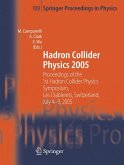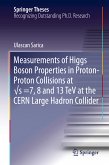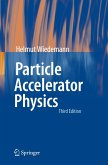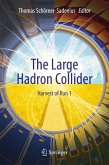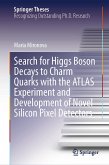The book covers the history of collider operation and upgrades, novel arrangements of beam optics and methods of orbit control, antiproton production and cooling, beam instabilities and feedback systems, halo collimation, and advanced beam instrumentation. The topics discussed show the complexity and breadth of the issues associated with modern hadron accelerators, while providing a systematic approach needed in the design and construction of next generation colliders.
This book is a valuable resource for researchers in high energy physics and can serve as an introduction for students studying the beam physics of colliders.
Dieser Download kann aus rechtlichen Gründen nur mit Rechnungsadresse in A, B, BG, CY, CZ, D, DK, EW, E, FIN, F, GR, HR, H, IRL, I, LT, L, LR, M, NL, PL, P, R, S, SLO, SK ausgeliefert werden.
"This book will serve as a wonderful and unique reference for many decades to come. The authors and editors are to be congratulated for their effort to compile and preserve the accelerator knowledge of the Tevatron ... . I recommend this book highly to accelerator professionals around the world. Reading it should be all but compulsory for anyone wishing to improve the performance of an existing frontier machine, or design the next generation of highest-energy colliders." (Frank Zimmermann, CERN Courier, cerncourier.com, November, 2014)



